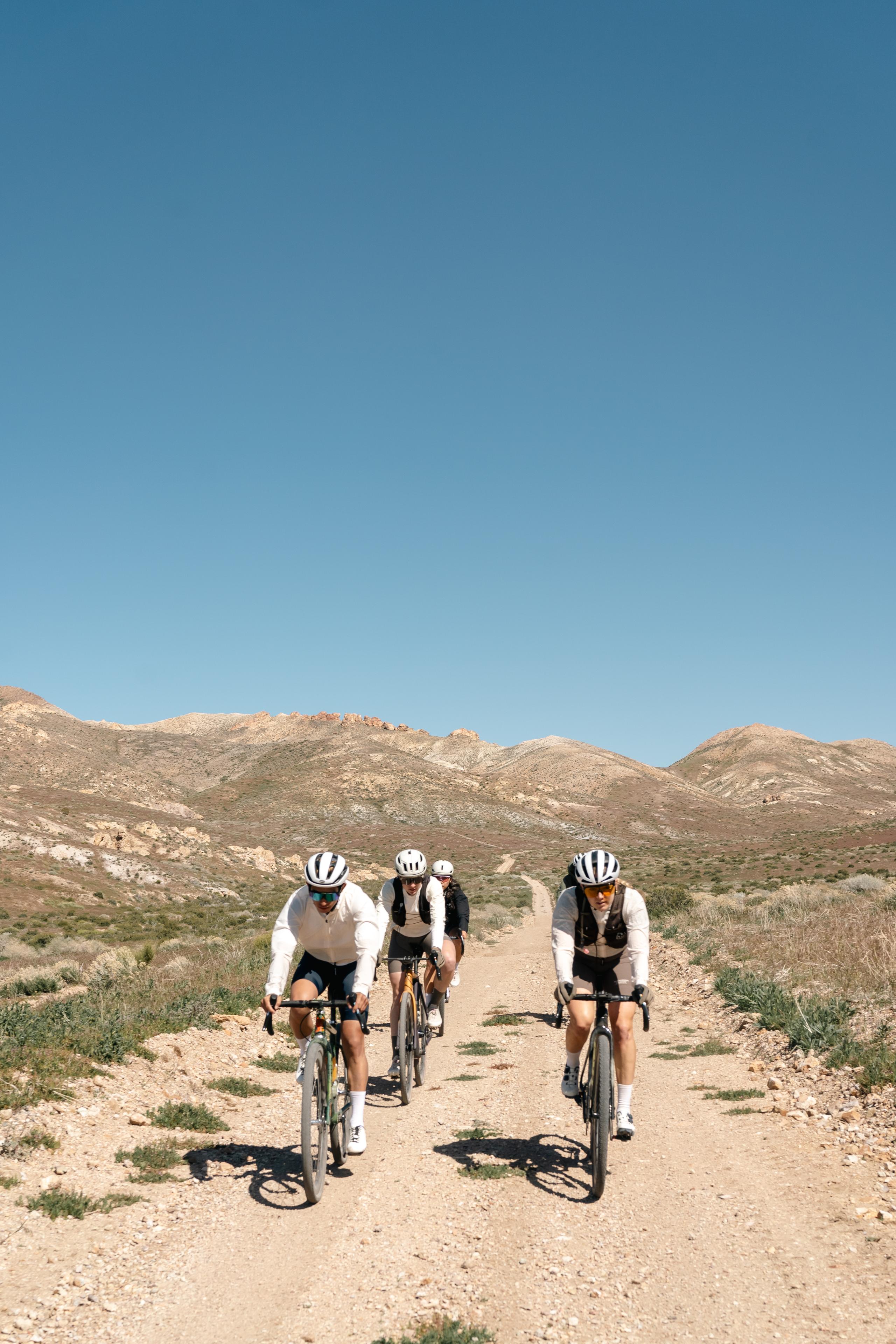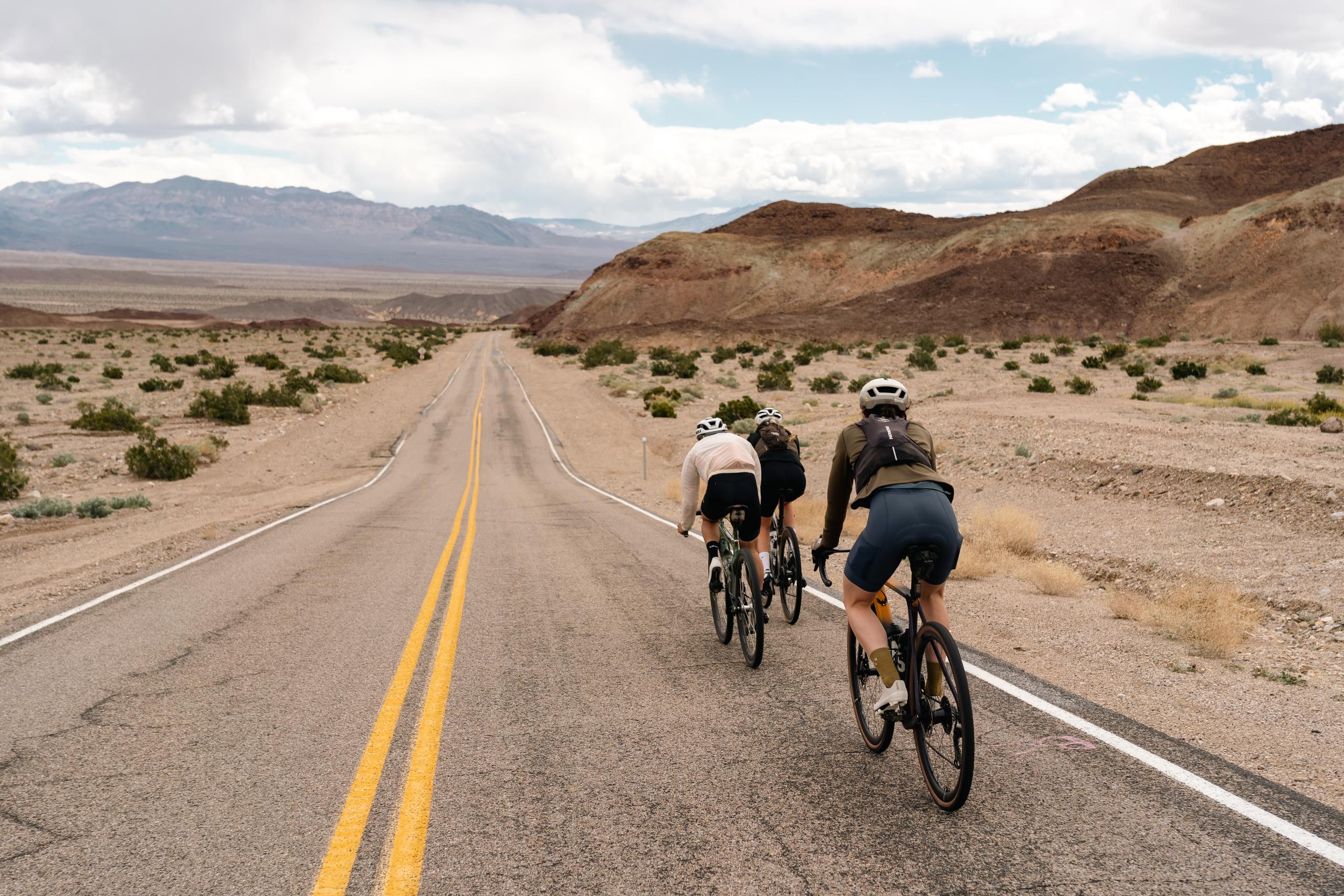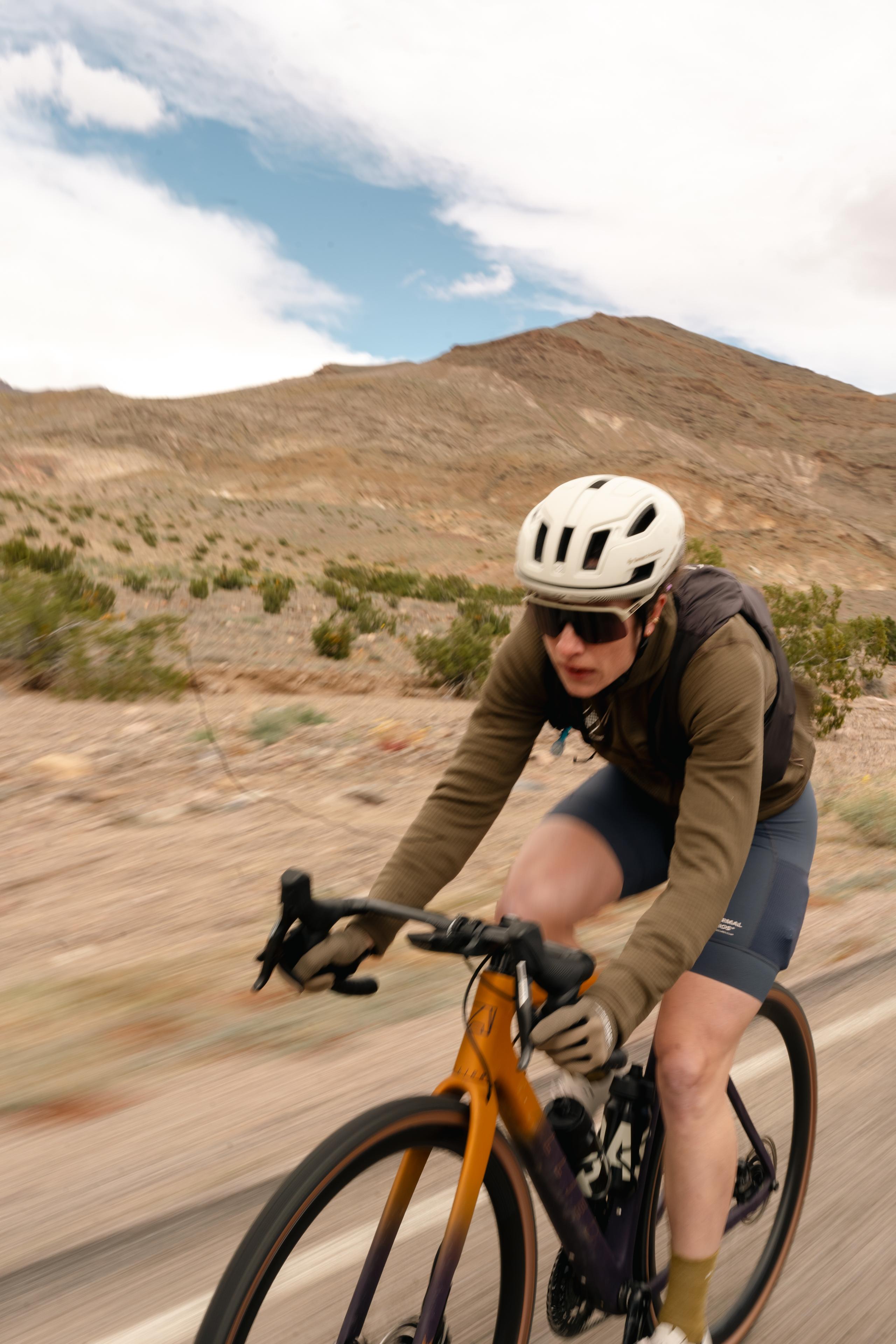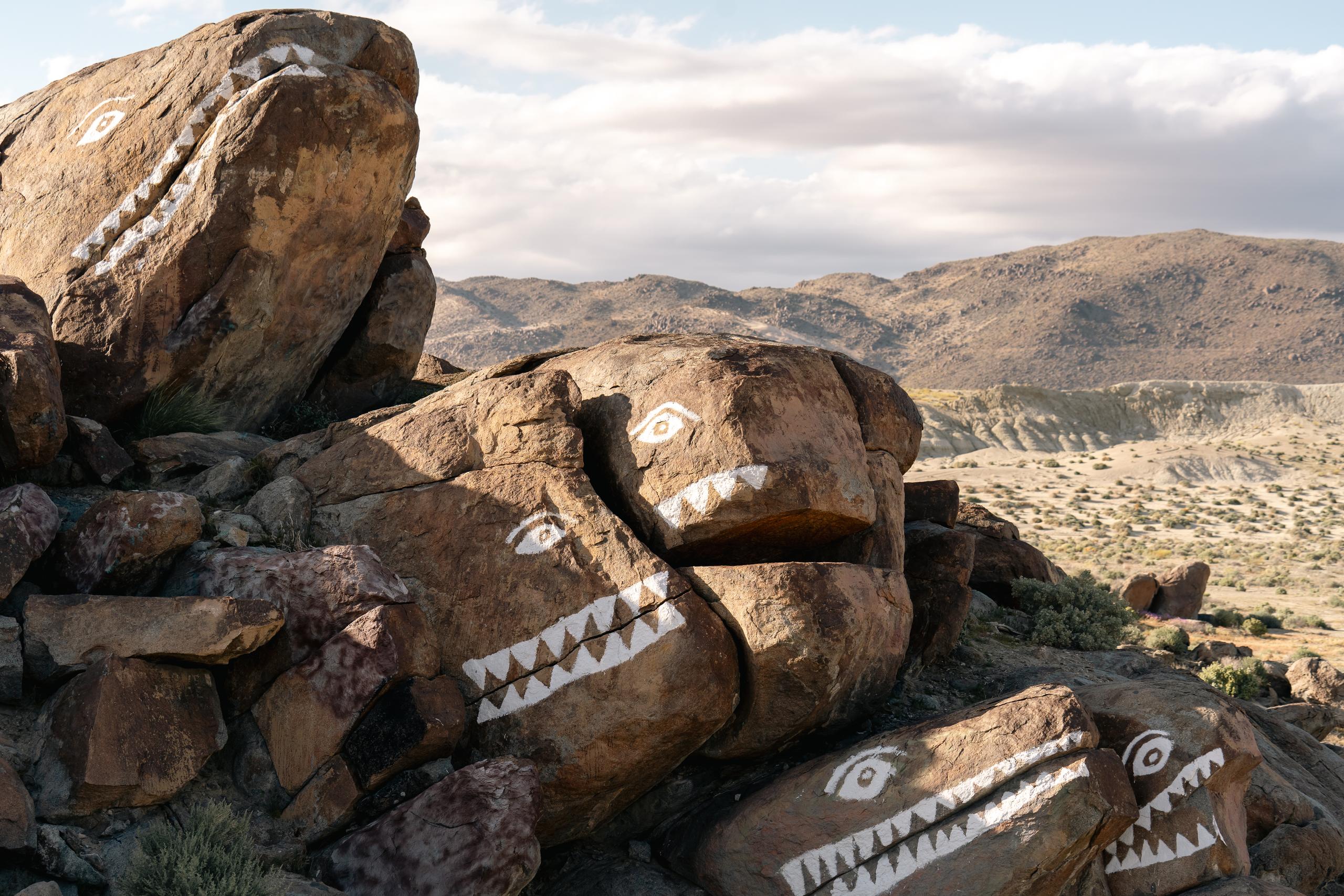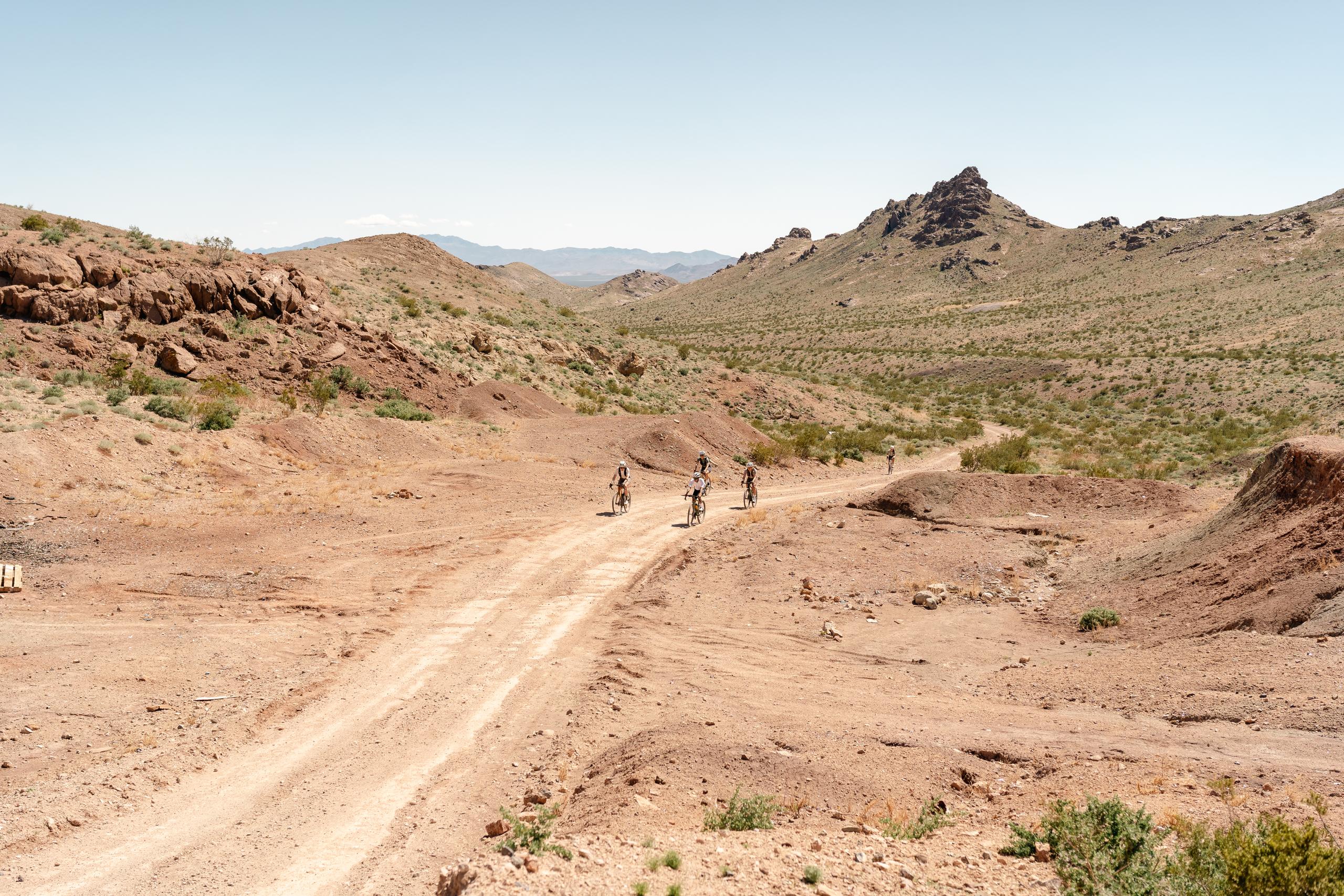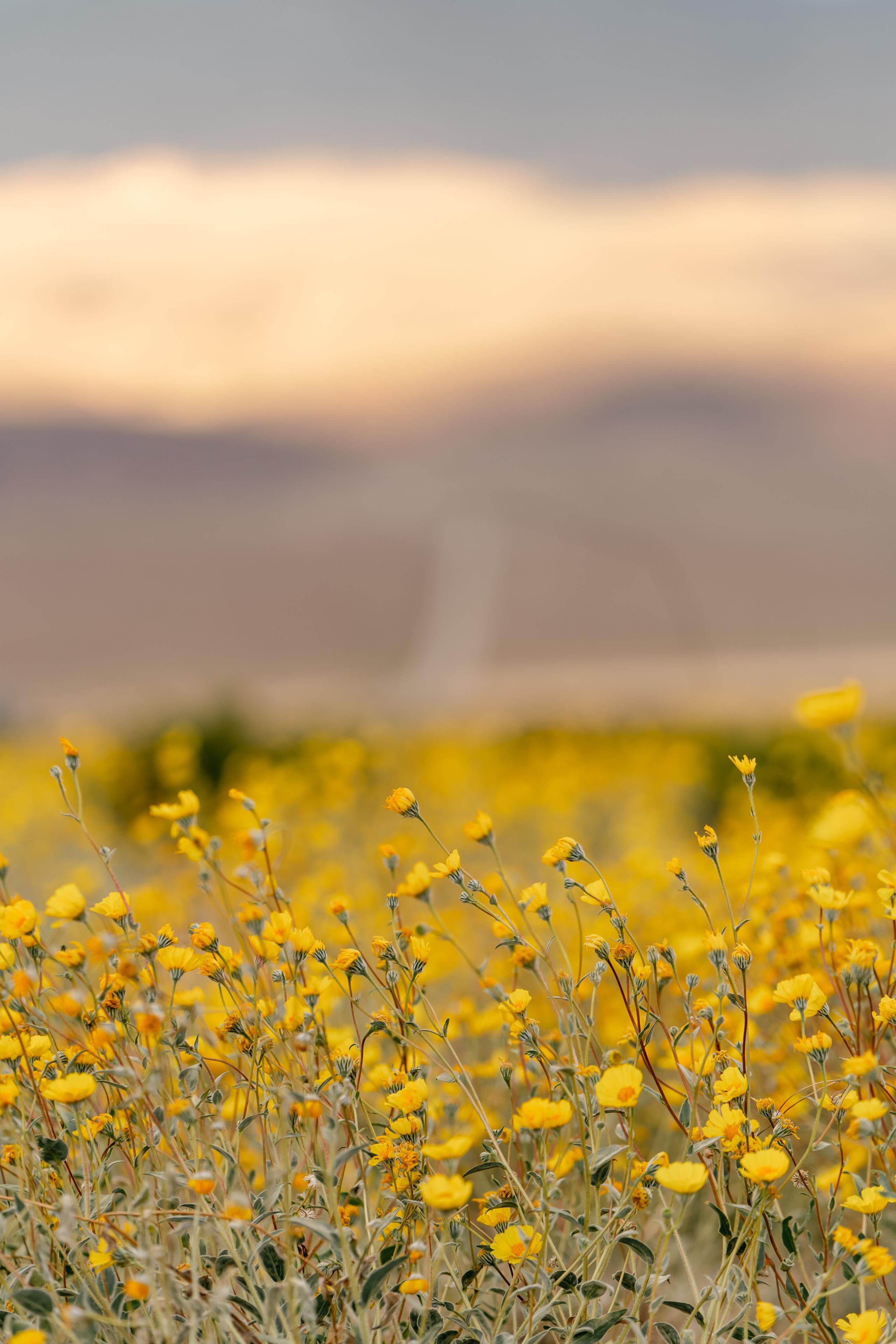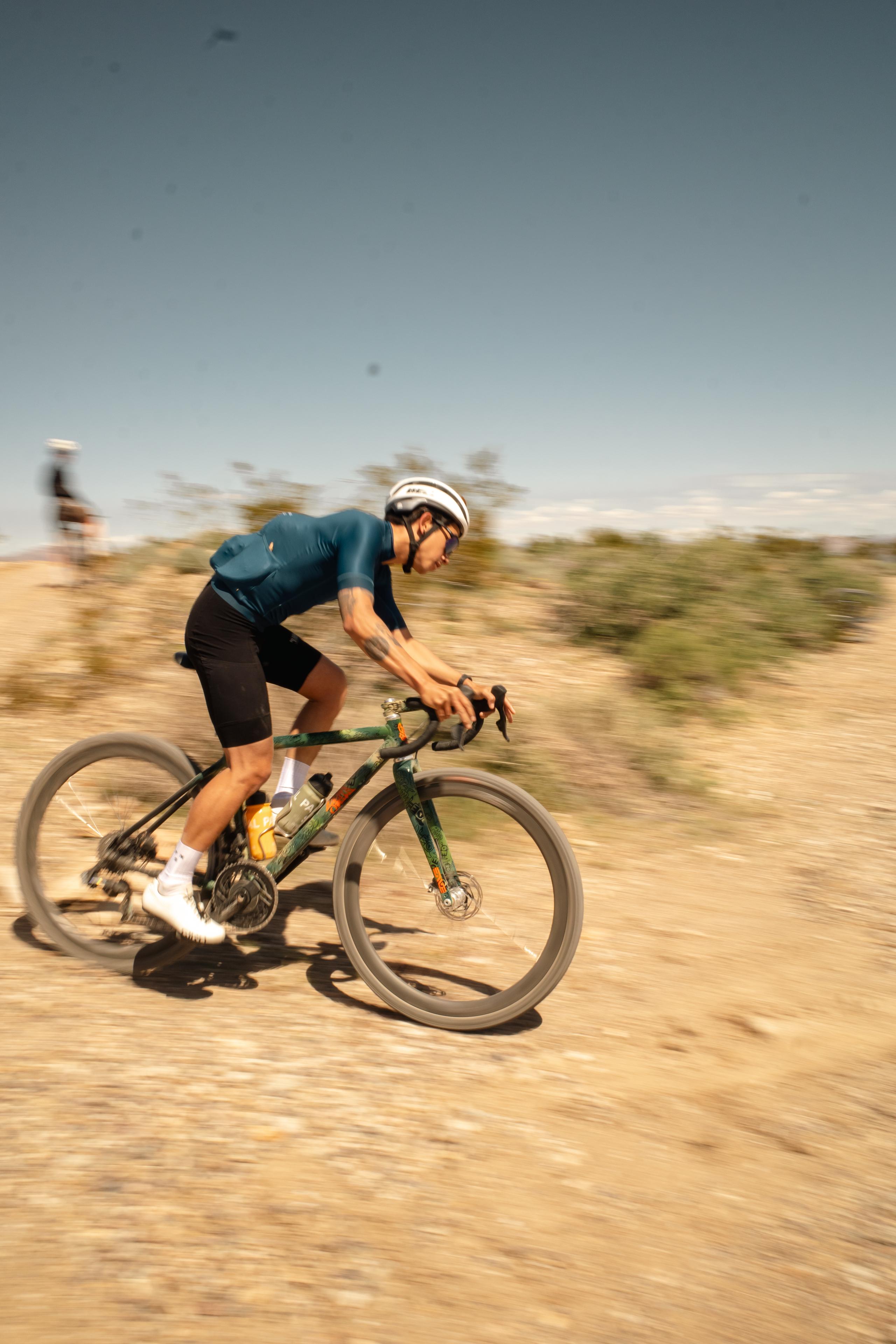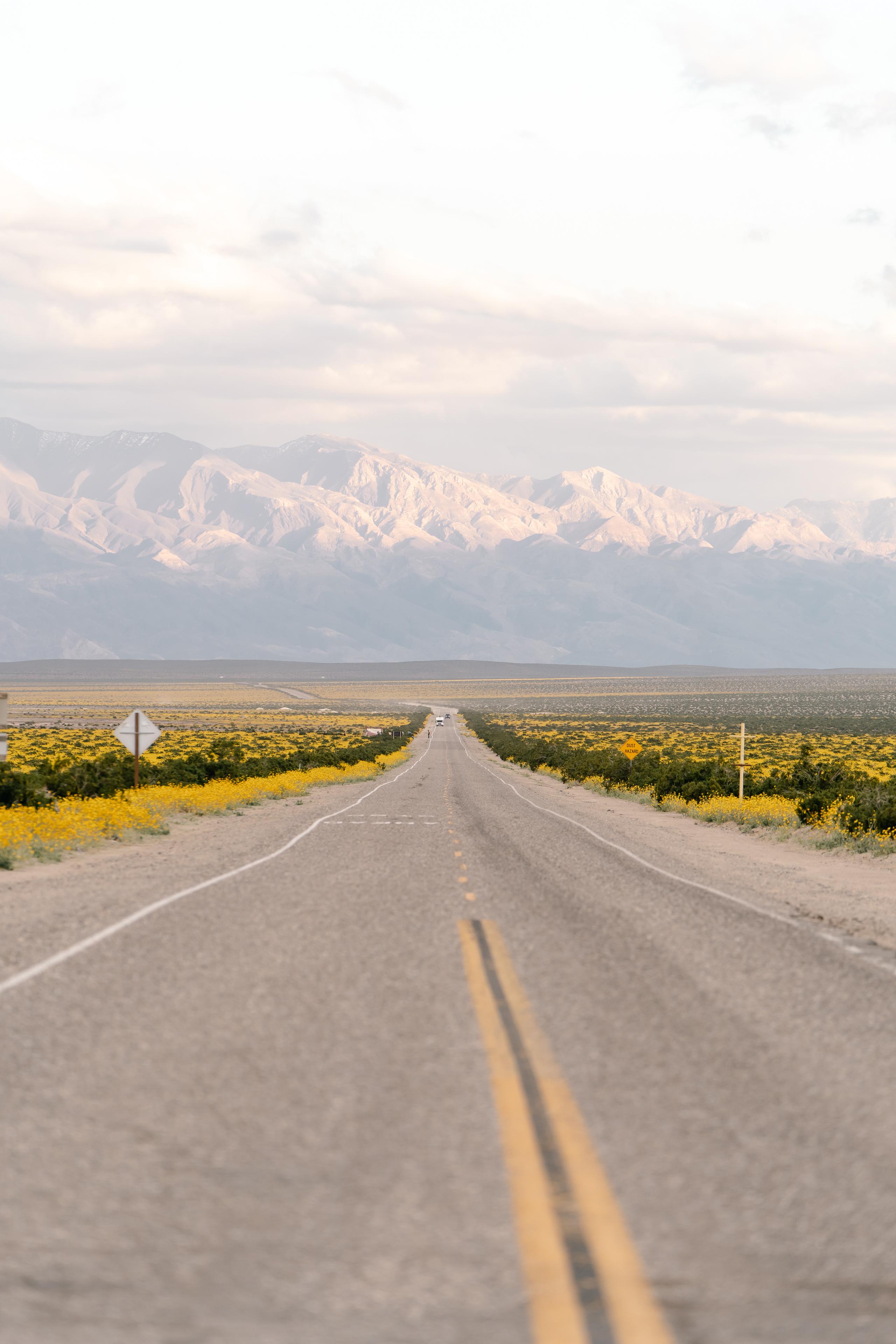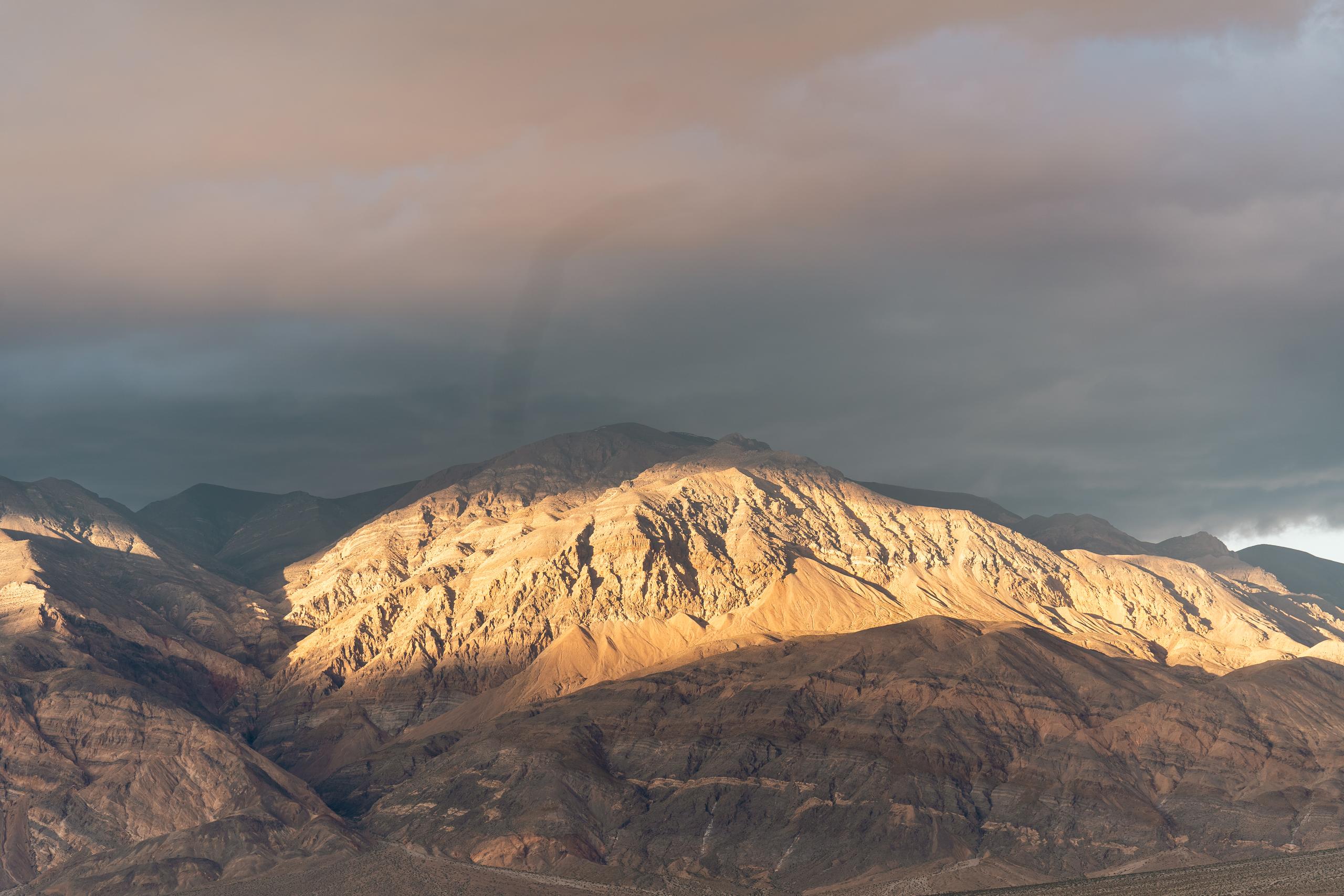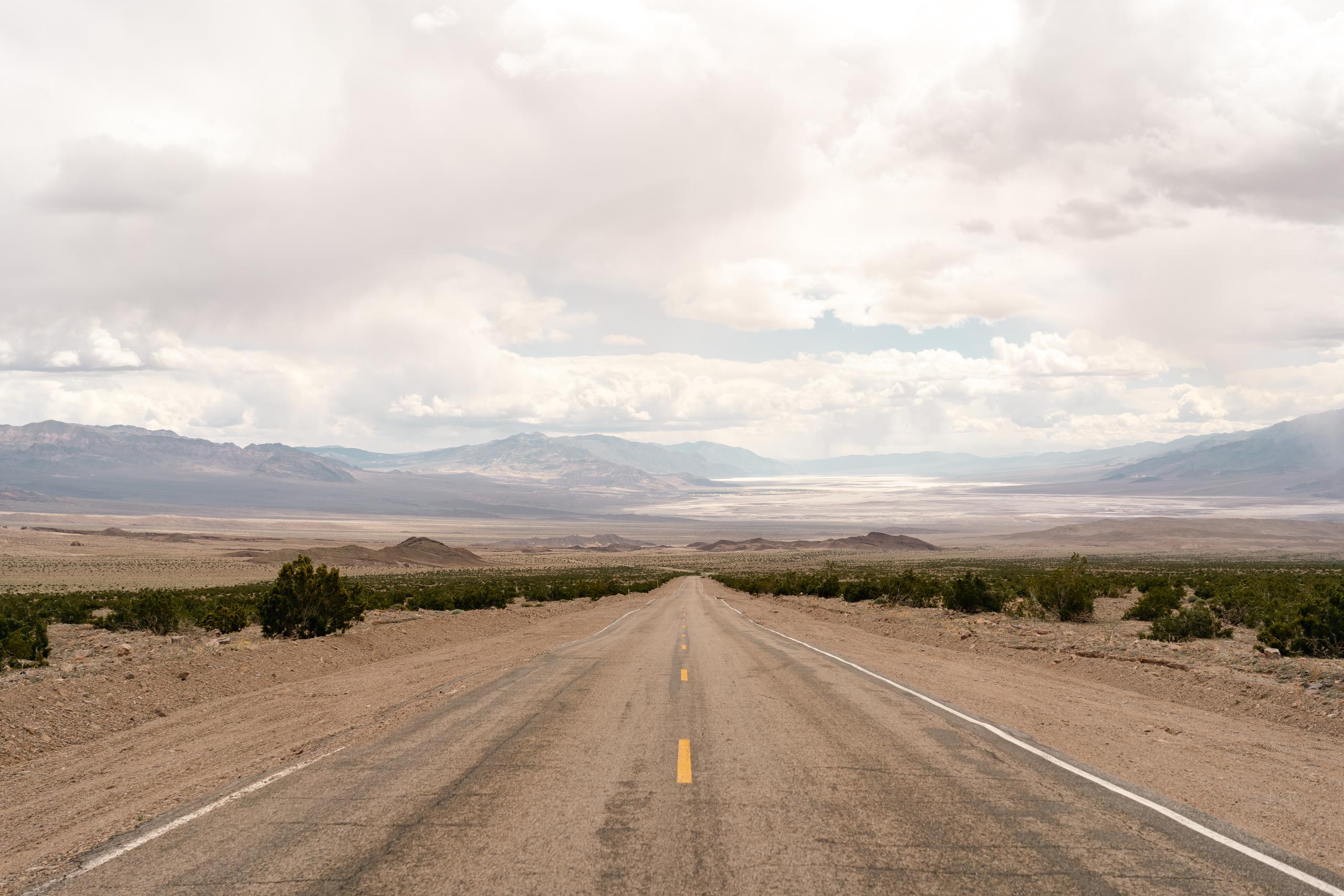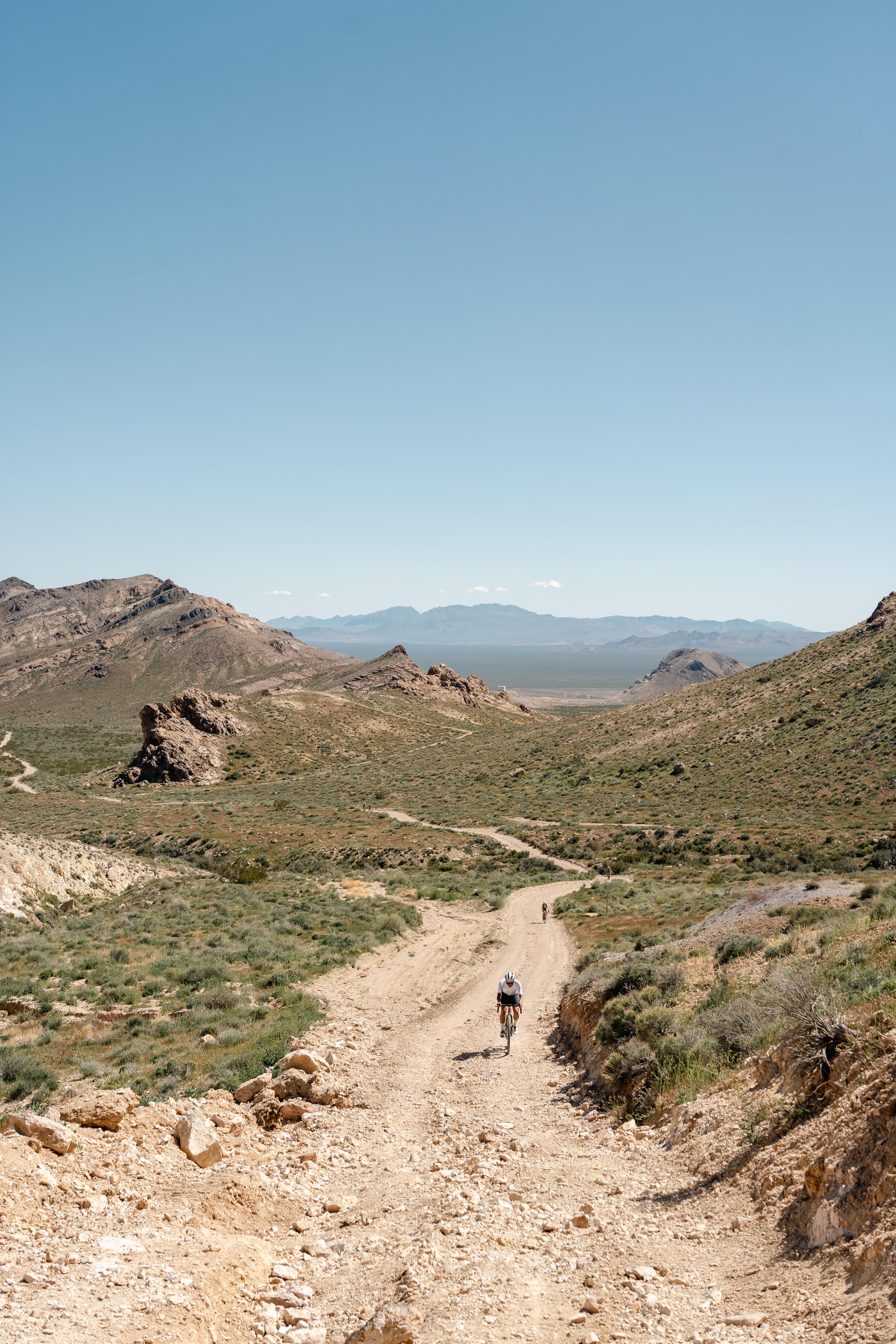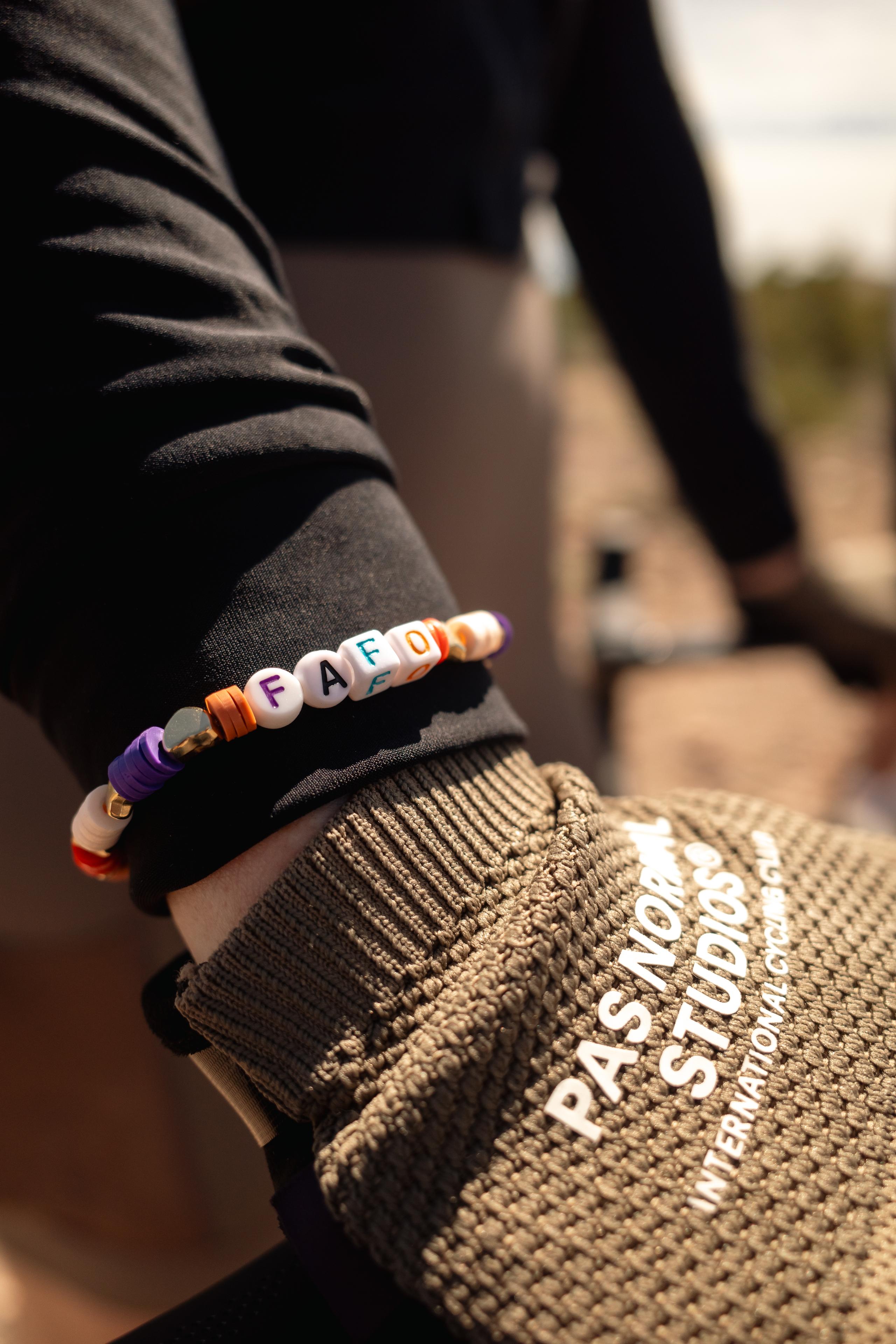The name “Death Valley” is a bit of a misnomer. The area has been home to the Timbisha tribe of Native Americans, formerly known as the Panamint Shoshone, for at least the past millennium. The tribe’s name for the valley is tümpisa, meaning "rock paint" and refers to red ocher coloured paint that can be made from a type of clay found in the valley. It’s more fitting and accurate than the colonialist name, which was bestowed when a group of gold rush pioneers passing through the valley perished.
The area is also more expansive than simply a small valley barren of life, as the name implies. The landscape evokes more life than death - a fractal of mountains, meadows, river beds, wildflowers, bighorn sheep, and countless types of lizards. In the spring wildflowers burst for as far as the eye can see across enormous meadows that slant upwards into the base of jagged, sharp, snow capped peaks.
